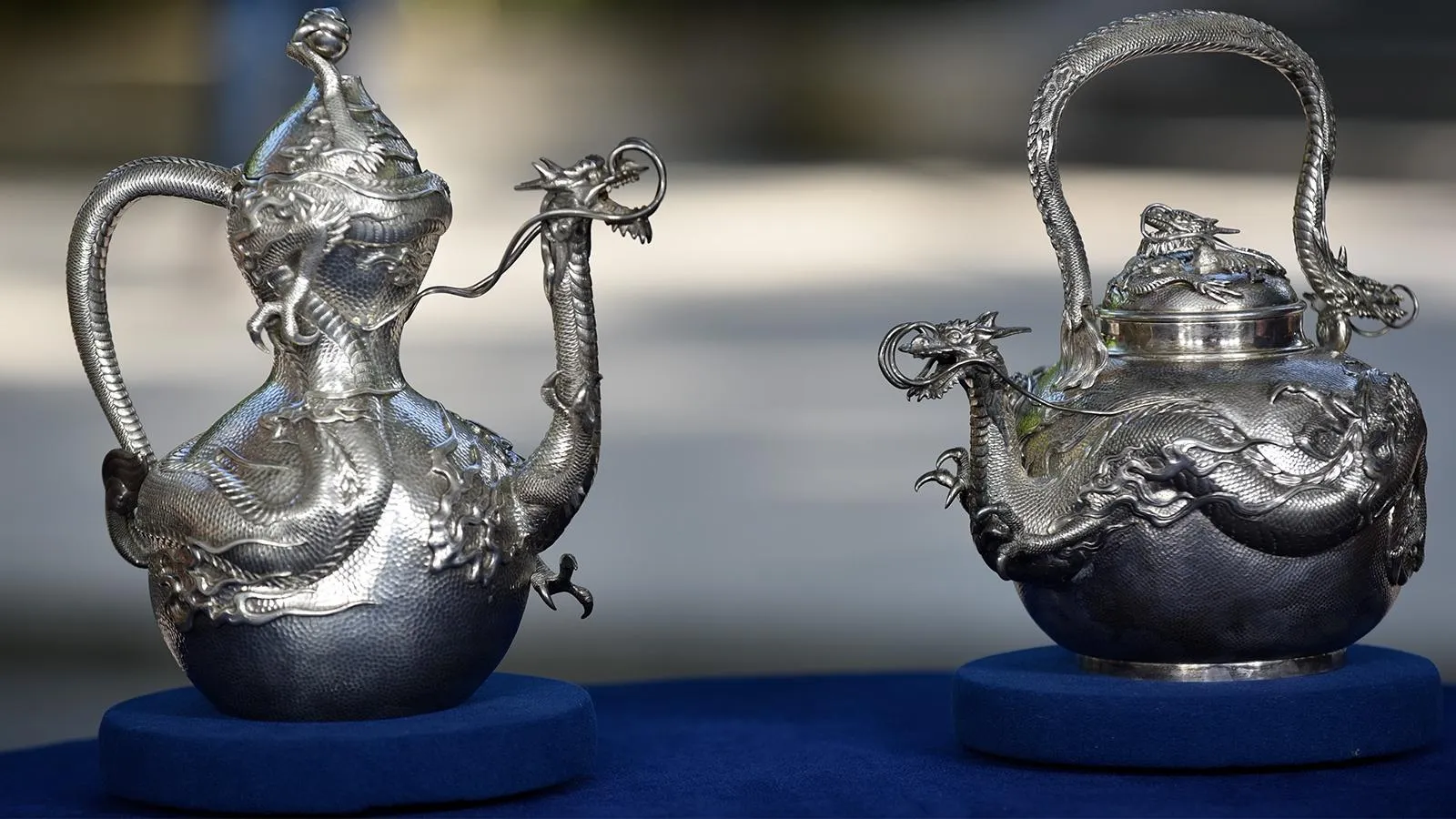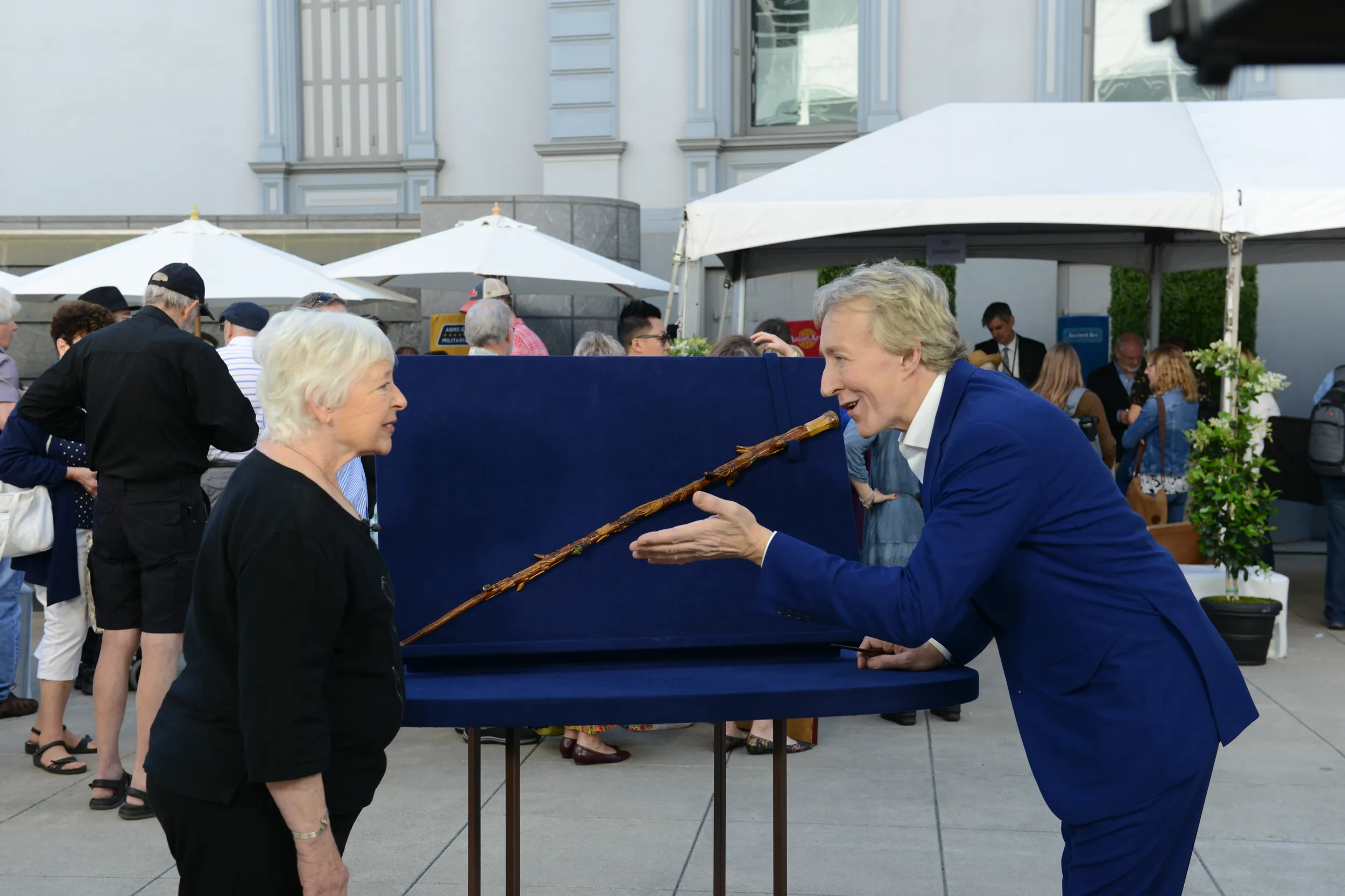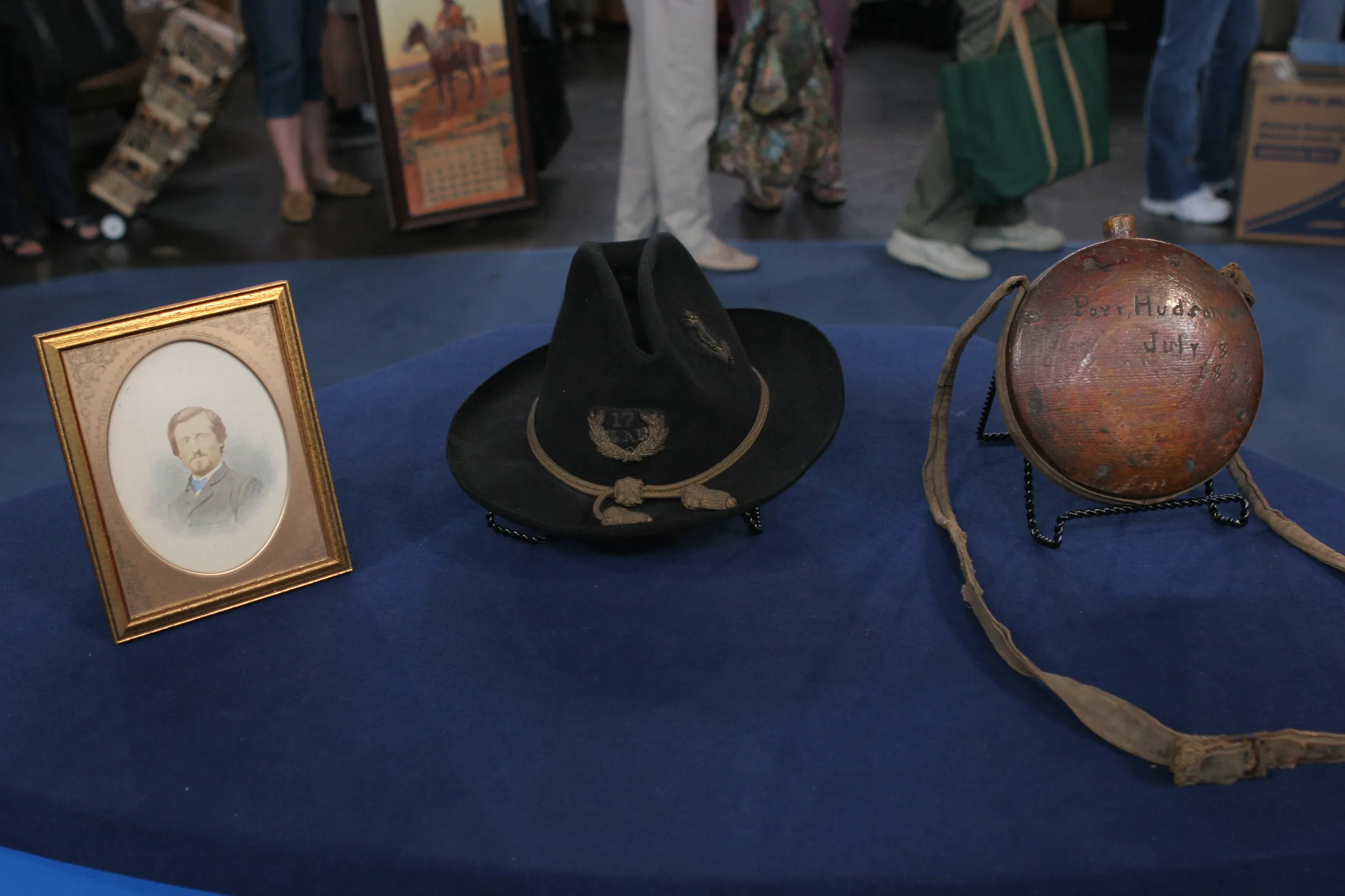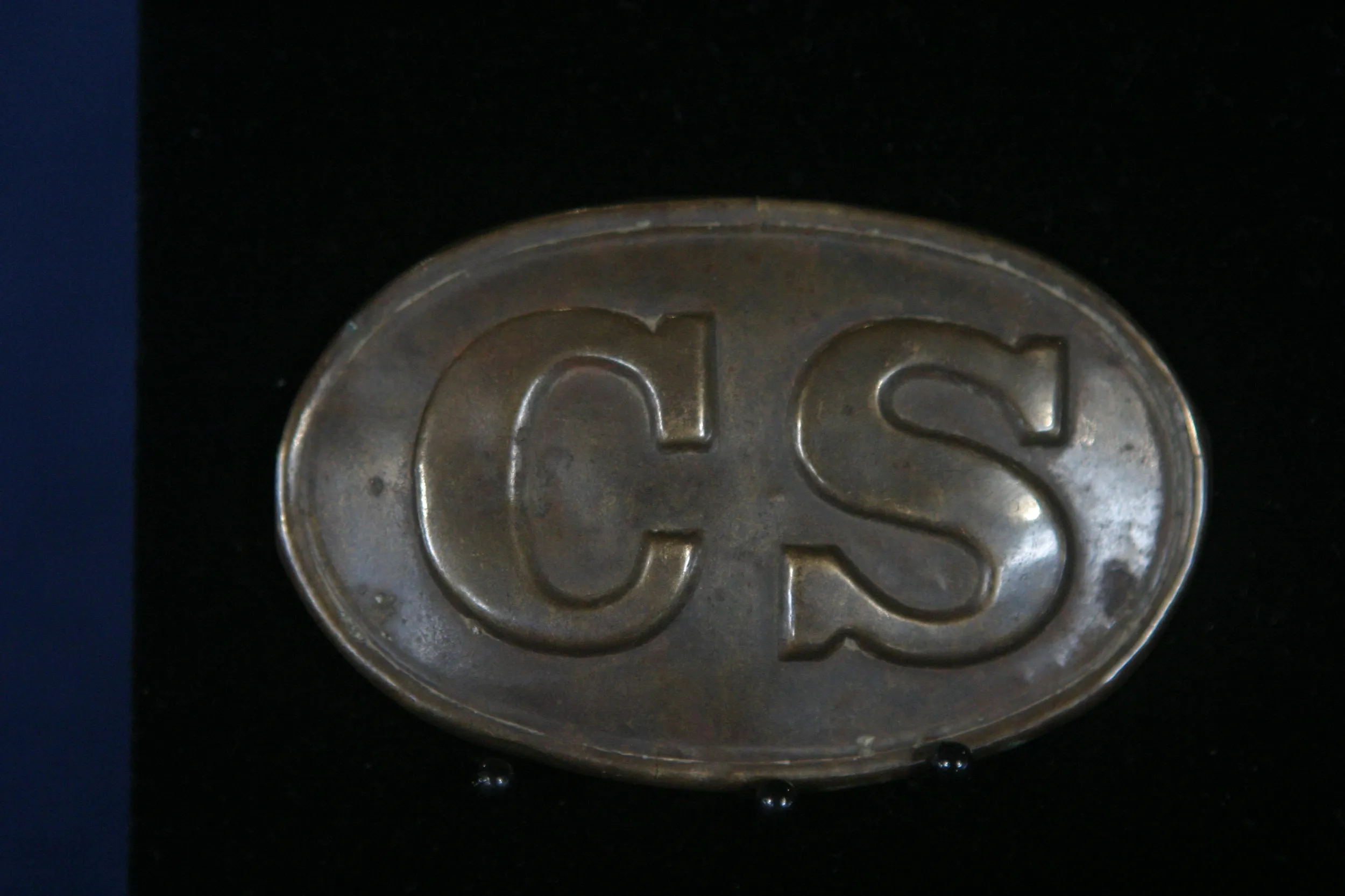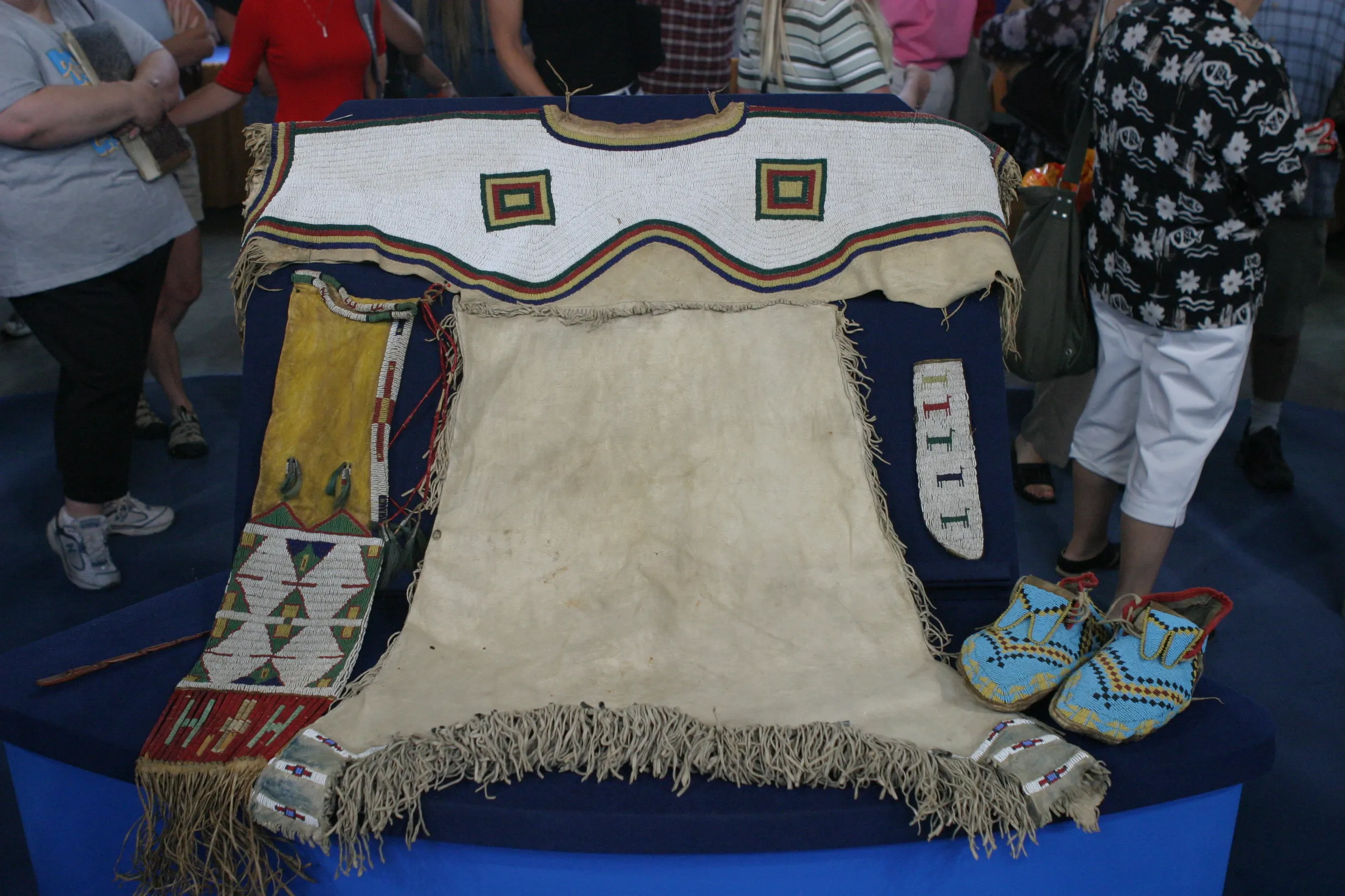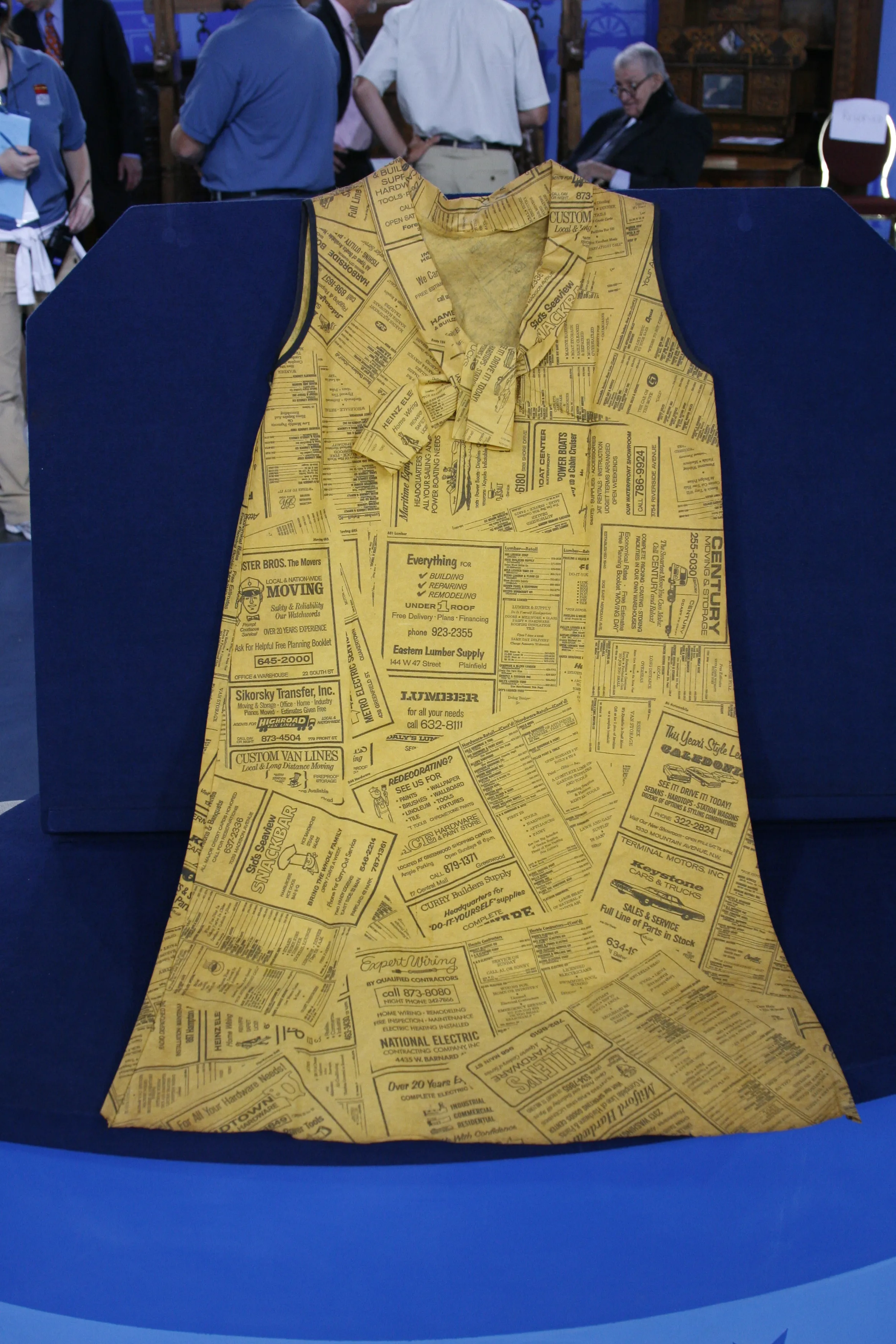GUEST: It belonged to my great-grandfather, and he immigrated from Germany to Pennsylvania.
APPRAISER: Mm-hmm.
GUEST: And then moved to California.
APPRAISER: Okay.
GUEST: Moved to Nevada County, where he owned a stage line, and used to run the stages between the old gold-mining areas.
APPRAISER: Wow.
GUEST: And this was in his things, and it went to my grandfather, then my father, and now me. So I, I don't have any clue about where it came from, who did it.
APPRAISER: Now, what period did he own it?
GUEST: He came to California...1860s or '70s.
APPRAISER: Okay, okay. We were at the folk art table, and I looked over, and saw this. And I had to contain myself, actually, because I get pretty excited about walking sticks.
GUEST: Oh!
APPRAISER: It has such incredible detail. If we start up here with the alligator, we have this wise owl, and this, probably a blue heron.
GUEST: Mm-hmm.
APPRAISER: With the, with the fish in its mouth. And then the squirrel. The deer?
GUEST: Mm-hmm.
APPRAISER: With the antlers.
GUEST: Mm-hmm.
APPRAISER: Ends up down there, the hoof. I just want to look at this side of it right here, just go down and see this, this beautiful... It looks like a buffalo here, charging.
GUEST: Mm-hmm.
APPRAISER: And the lion, so ferocious, the tiger, a turtle. Probably a crane? And I love, I love this toad.
GUEST: Yes, yes.
APPRAISER: I mean, is that your favorite?
GUEST: Yeah, the frog, or the toad--it's colorful, too.
APPRAISER: The color, right? The greens? I mean, this is part of what made me excited, is to see the...Not only the detail, but the way the carving's
arranged, and the coloration. Where do you think it's from?
GUEST: I don't have a clue. I originally thought it was German.
APPRAISER: I really do think that this is an American piece.
GUEST: Oh!
APPRAISER: For two reasons. One is that it has things like alligators. It has a variety of beasts that you wouldn't see in a German Black Forest carved walking stick. The wood tells us that it is an American piece.
GUEST: Ah, okay.
APPRAISER: It's called manzanita, and it's a wood indigenous to California. And it is clearly, from the coloration and everything else—the oxidation--between 1875 or so and 1900. It just has everything going for it. It's a winner. What do you think the worth is?
GUEST: I don't have a clue. I looked on the internet, can't find anything that is even similar. $200, $300, I don't know.
APPRAISER: Okay, $200, $300, right. I would insure this......for $5,000.
GUEST: Oh, my!
APPRAISER: Yeah, easily.
GUEST: What a pleasant surprise.

